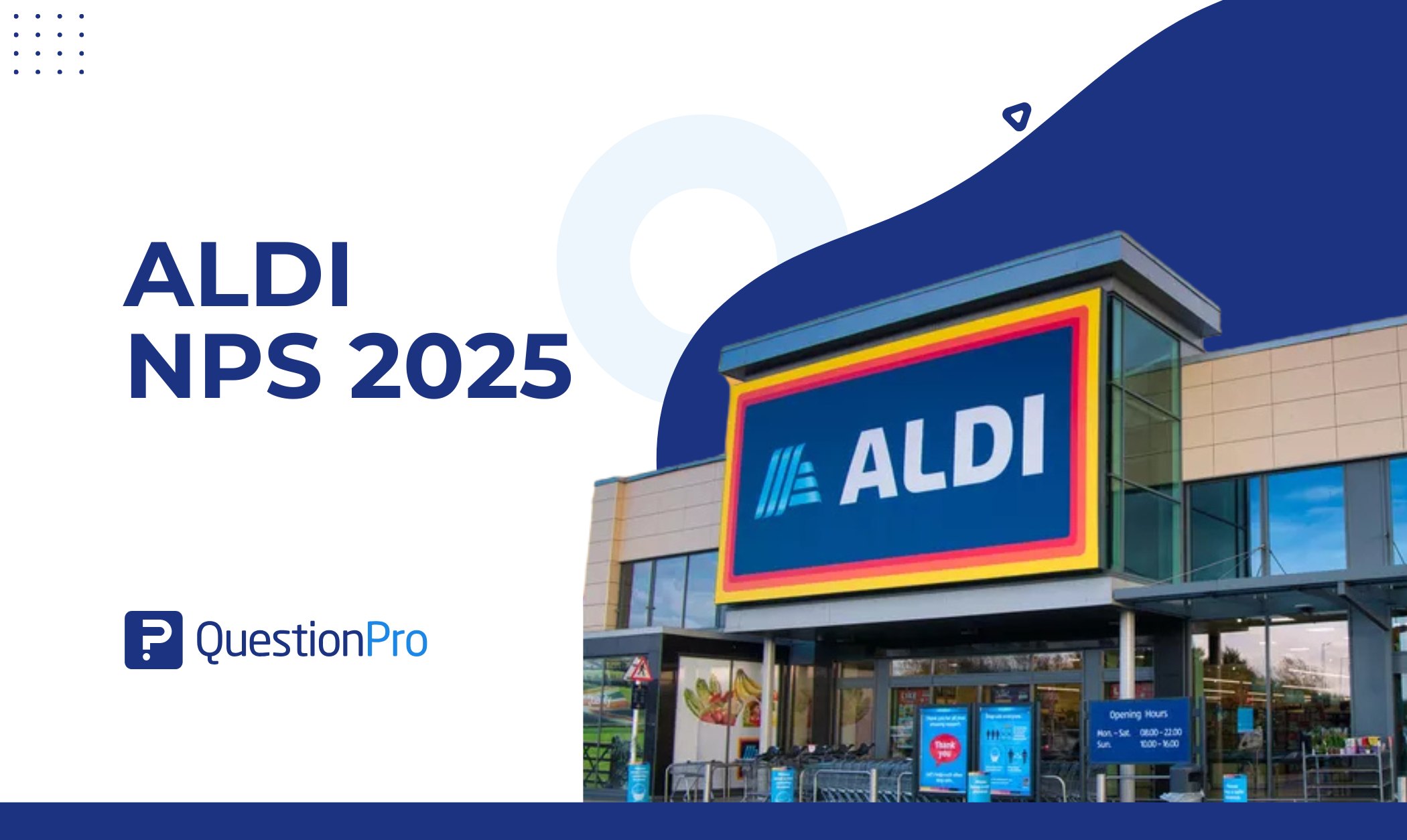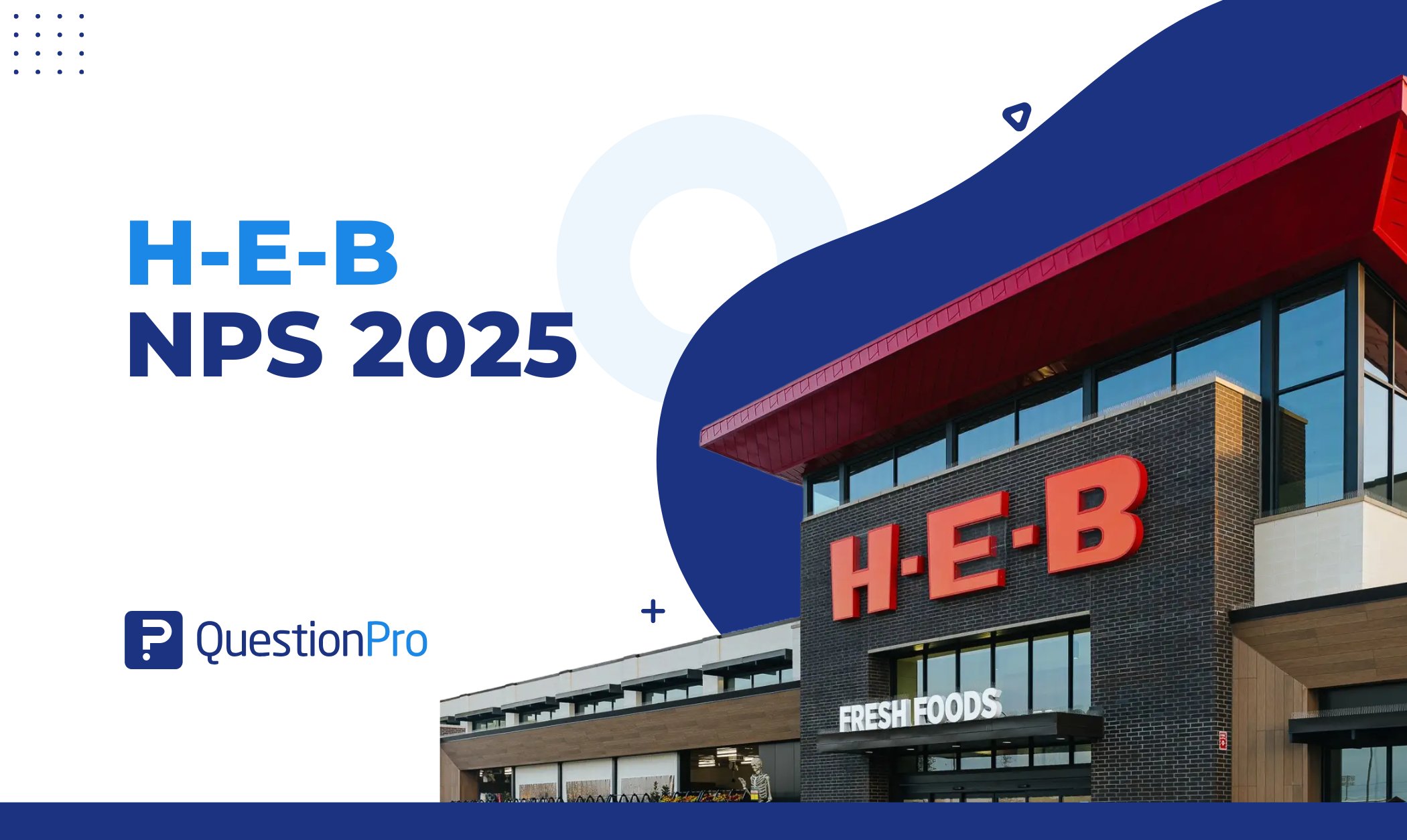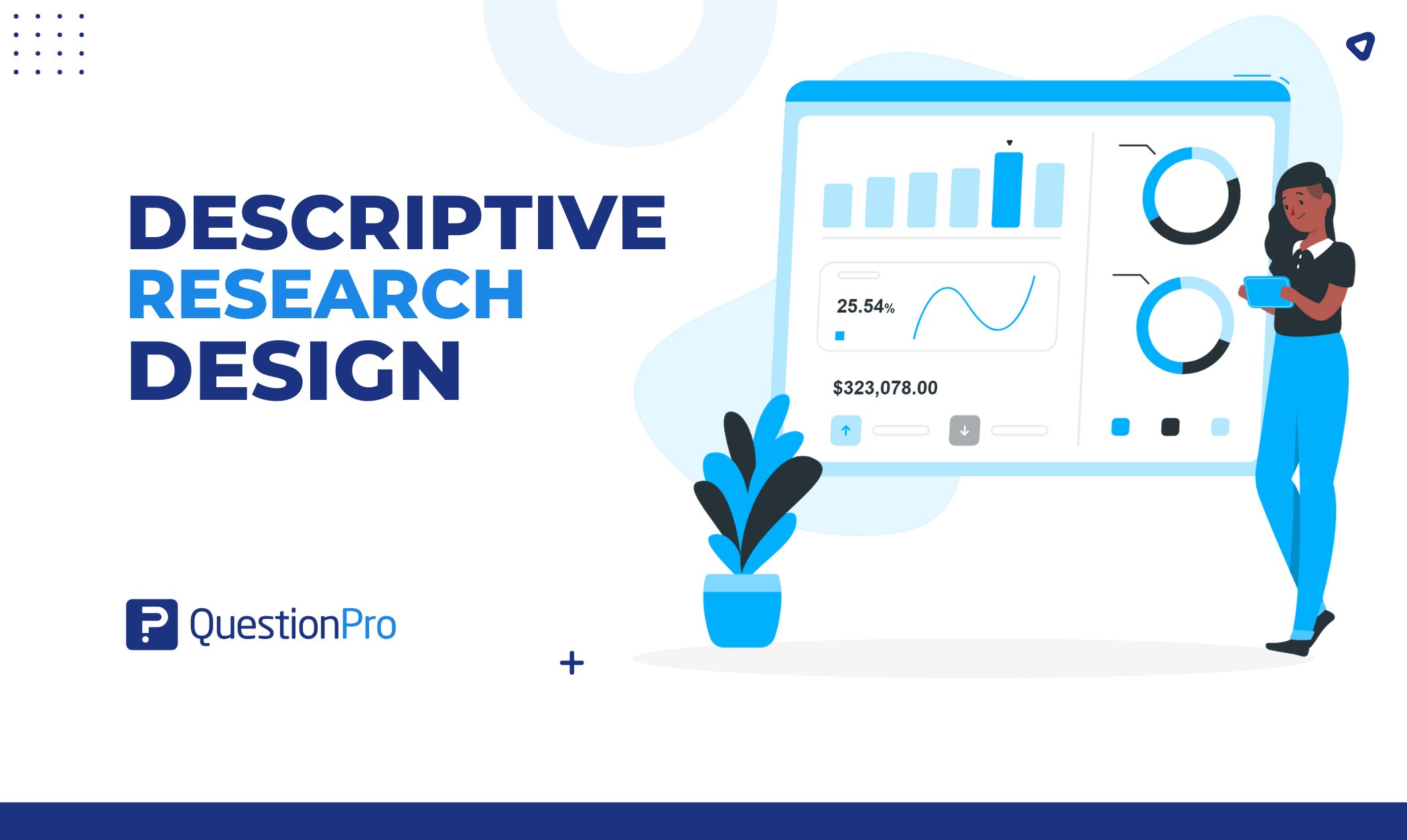
Qualitative observation is a valuable research method that allows researchers to delve into the complexities of human experiences, gather data, and gain insights into the subjective aspects of a given phenomenon. Qualitative observation primarily focuses on understanding the observed behavior or event’s meaning, context, and nuances. It involves a systematic and detailed examination of phenomena to obtain subjective data and explore the depth of human experiences.
LEARN ABOUT: Behavioral Research
Unlike quantitative methods that rely on numerical measurements, qualitative observation seeks to capture qualitative data, which refers to non-numerical information such as thoughts, emotions, perceptions, and social interactions. When conducting qualitative observation, researchers employ various techniques to collect data. These techniques may include participant qualitative observation, interviews, focus groups, and document analysis.
LEARN ABOUT: Qualitative Interview
What is Qualitative Observation?
Qualitative Observation is the research process of using subjective methodologies to gather data or data. Since the focus on qualitative observation is to equate quality differences, it is a lot more time consuming than quantitative observation but the sample size used is much smaller and the research is extensive and a lot more personal.
The subjective nature of qualitative observation acknowledges that the researcher’s interpretations and biases shape the data collection and analysis process. It emphasizes the importance of understanding the social and cultural context, the participants’ perspectives, and the researcher’s reflexivity. Qualitative observation deals with the 5 major sensory organs and their functioning – sight, smell, touch, taste and hearing. This doesn’t involve measurements or numbers but instead characteristics.
Learn more: Qualitative Market Research
Qualitative Observation Characteristics for Researcher
Data collection in qualitative observation often involves immersing oneself in the research setting, carefully observing and documenting the participants’ behaviors, actions, and conversations. Characteristics of qualitative observational research can very broadly be bucketed under ten overlapping themes that researchers should know of when they analyze the qualitative data that has been collected. They are:
-
Inductive content analysis
This characteristic is a major part of qualitative observational research because the interviewer or the researchers immerses himself/herself with the group and gets in sync with the topic. The questions evolve during the research process. The researcher can form any hypothesis through the answers and work backwards to prove or disprove it or even build on it. Another component of this is the researcher evaluates a lot of content which is known as inductive content analysis. This analysis to is used to form hypothesis and act as a primary content type. This approach allows for the findings to emerge from raw data without the restraints of structured methodologies of significant, dominant or repetitive themes.
For example, when someone borrows a book from you. They say they will return it in 2 weeks but don’t. And then do that a few more times. Every time a date is decided on, that is a premise. But if the book isn’t returned after a few such instances, you assume that you are never getting the book back. That is the conclusion.
-
Personal contact and insight
The researcher has to be aware of the “Halo effect” during a research study. Whilst it is important to immerse yourself with the subjects for a study, it is also counter-productive to form a bias. Being emotionally vested in a study helps to derive better answers but it is also a slippery slope if the researcher lets the topic get research biased.
A good example for this would be an influencer being the researcher for a sports shoe manufacturer’s study with current and prospective customers. The researcher can offer important inputs toward the research but offering personal suggestions or product tweaks would bias the study and the corresponding research.
-
Naturalism or naturalistic inquiry
This type of qualitative observation and qualitative research is the type of research that focuses on how people react or behave when they are put in a real life situation in a natural environment. This characteristic hinges on the reality that things in general are coherent, consistent and predictable. Hence the researcher here would try every extent to control the contours of the environment the study is happening in so that the study happens in context.
For example if you wanted to understand from students how many of them use e-learning modules, you cannot do this in a cafeteria where all the students may not be taking online courses. It would have to be done in online forums or through video conferencing.
-
Dynamic systems
Qualitative observational research focuses on getting multiple answers. There’s no right or wrong answer and hence the researcher must prod for every possible aspect towards the study. It is also imperative that the researcher motivates the participants to provide every variant of the answer that they think is right.
An example would be in a sample research with a few participants to discuss a new mobile phone features, the researcher should push the respondents to talk about every feature they think is important or not or add something that is still only on the drawing board.
-
Qualitative holistic perspective
This approach assumes that the whole is greater than the sum of all the parts. This means that every action or communication in a research study has to be accounted for as part of their culture or community. But. But if not careful, the researcher assumes every little thing to be relevant and that leds the researcher down the wrong path with qualitative observation.
A very good example of this is the use of plastic bags in a certain country. If a lot of the people are interviewed about their plastic usage and discuss how to reduce the usage, the usage would never reduce.
-
Unique case orientation study
Researchers must never lose focus of the fact that each study is different from another and equal importance and time and emotions must be devoted to each research. Researchers must also realize no matter what outcome of a study is required, the same amount of time has to be devoted to the research.
An example of this is a focus group on the color of a clothing item is as important as the focus group on the design, fabric and fit.
-
Context sensitivity
The researcher must be sensitive to the qualitative observation fact that different ethnographics respond to the same question very differently and he/she should not negate an opinion or thought on the basis of a personal bias. They must also realize that certain demographics, geographical locations or even cultural behavior can influence the variables for each question. The researchers should be able to account for them and see patterns and map them in the analysis.
Focus groups with various people of different ethnicities being asked about their food preferences is an example of this characteristic. People of different religions and different geographies respond to different ways to food because of their upbringing, the nutritional value of the food, religious beliefs etc.
-
Empathetic neutrality
Ideally, researchers should be non-judgmental while compiling findings of a research study. But being completely neutral is not possible for a human being, this concept is a controversial topic in steps in qualitative research.
For example, an orthopedic surgeon who was the researcher for a study cannot be biased towards orthopedic doctors who were respondents of the study whilst putting down the other medical professionals.
-
Qualitative data research
Many qualitative methods like interviews, samples and research reports can help triangulate the cultural orientation of a group in a research study. This is summation of the culture the way it is. A researcher can do the ground research work to find a common bond and then conduct the actual interviews to get their point of view – this is qualitative data.
Learn more: Qualitative Data Collection
For example, trying to understand why Eastern African runners do well in long distance competitive running. Reports show you the results and the researchers go into a study with that premise and then conduct actual interviews to understand the reasons behind their dominance.
-
Design flexibility
Researchers can deep dive into certain threads that come out of a research study even though it may not be directly relevant to the central theme of the study. This is to coerce the recipients of the study to answer being fully invested in the study of qualitative observation.
This can be denoted with if a restaurant is coming up with a new venue and the central theme is Mexican food but after the research, there seems to be some interest for South American food too. The qualitative researchers should take cognizance of the request and build on it.
To summarize, it is paramount that the researcher has an open mind to the study and can distance himself/herself from any bias or a halo effect. The researcher must also be aware of their own biases and know how to keep those biases away whilst representing a group.
Learn more: Qualitative Research Questions and Questionnaires
Different Types of Qualitative Observations
Even though qualitative observation is subjective, the qualitative researchers must define the end result and quantify it so that the research is actionable. The researcher must also be aware of bias and try to not let that engulf the research. It also helps to have more than one researcher so that the accumulated research is holistic in nature. The four types of qualitative observations are:
-
Complete observer
In this type of qualitative observation, the researcher is completely unknown to the research audience and cannot even be seen. This type of research gives the audience more freedom to speak because they think they are not being observed or judged. But this method of qualitative observation is losing ground over other types because of privacy issues. In today’s day and world, one cannot observe you without your knowledge.
This model although is the only option in a public place like a lounge, restaurant or a coffee shop. The other alternative to this is to have a camera recording the focus group or discussion that the group is having.
-
Observer as participant
In this type of qualitative observation, the researcher is known to the focus group or the people in the sample undergoing the study. In this study type, the end goal of the researcher is known to everyone. In this case the observer can play an active part in the discussion. But it is preferred if the suggestions given are limited so that it doesn’t influence the research outcome or sway the group towards a certain bias.
An example of this type of study is when a fan of a certain football club is doing an extensive research if the club of his/her choice is going to make it to the SuperBowl and if yes or not, what are the reasons for the it with other fans. Other fans know him/her as a fan but not in the capacity of a researcher and hence indulge in the study.
-
Participant as observer
In this type of qualitative observation, the observer completely indulges the participants and participates in the discussion. Even though the participants discuss in entirety with the observer, they do know that the observer is also a researcher. The observer in this case though is a family member or a close friend and hence that doesn’t deter the participants from a discussion.
An example of this study type is a medical study on an in-depth but a slightly embarrassing topic where the researcher could be related the participant or participants in any way.
-
Complete participant
This research type is used for secretive topics or research areas that you wouldn’t want to ruffle feathers with. In this case the researcher is completely in sync with the participants. The discussions are free flowing no holds barred and the researcher indulges in the discussion animatedly. In this research type the participants don’t know the researcher or even that a research study is being conducted.
A shopping mall trying to understand purchasing and spend habits of the shoppers is an example of this type of study. This is where the researcher is planted in an already group of participants and the researcher can plant thoughts or ideas or coerce participants to speak up.
Learn more: Conduct Qualitative Research
Examples of Qualitative Observations
To better understand qualitative observation, below are 2 examples:
1. Qualitative observation is called intensive. An example is – A vacation rental owner wanted to understand why there were diminishing guest visits, very few repeat guests and negligible referrals. An online community of the vacation rental home were interviewed to understand their holiday and stay habits and preferences. At the end of the interview, it was realized that the reason for non-repeat visits and no referrals was that the home didn’t contain a washer dryer, it was far from downtown and getting necessities was tough and the home wasn’t pet friendly.
LEARN ABOUT: Action Research
By conducting this qualitative research in qualitative observation, the owner realized the shortcomings of the place and what were the innate feelings of the guests. Through this research, the homeowner can now rectify or alleviate some of the problem areas.
2. Another example of this is a an investment firm where the objective of the study was to understand the investment trends of customer orientations with specific fund managers. Some fund managers even though had better results and impressive portfolios were the least picked or had very high retention amongst clients. An online sample of the investment firm was called upon for in-depth focus groups. After days of qualitative data collection and analysis, it was found out that the fund managers who were really good at portfolio management were terrible in client management. They did not explain the funds to their customers or ignored recommendations of their customers on other funds. They also chose not to communicate with their direct customers and maintained stoic silence for the review process.
By conducting this qualitative observation research, the fund manager realized that if his staff was trained better, he could bring up the performance of the laggards and train the good performers in smart research skills to increase client satisfaction.
Start collecting Qualitative Insights: Get Your Free Account Now
Difference between qualitative observation and quantitative observation
There are many differences between qualitative observation and quantitative observation but some of the major differences are:
- Qualitative observation is objective but quantitative observation is subjective.
- Qualitative observation can be conducted with a small sample but in quantitative observation the number is much higher.
- The sample in qualitative observation is counted as the actual but in quantitative observation, a subset can signify the emotions of a larger audience.
- Qualitative observation portrays an individual opinion but quantitative observation is a collection of opinions.
Qualitative observations involve directly observing and studying research participants’ behaviors, actions, and experiences, making it a valuable research method. By focusing on the richness of human experiences, qualitative observations provide in-depth insights that contribute to a holistic understanding of the research topic.
Explore Insightfully Contextual Inquiry in Qualitative Research
Conclusion
Qualitative observation provides a practical approach for researchers to understand better and explore various phenomena. These qualitative methods allow researchers to delve into the depths of human experience, gathering subjective data beyond numerical measurements. Researchers can enhance their overall research process and generate meaningful findings by employing qualitative observation.
The approach facilitates a more comprehensive exploration of human experiences and adds depth to the available information. QuestionPro empowers researchers and organizations to effectively incorporate qualitative observation into their studies, enhancing the depth and richness of their qualitative data. Whether used for market research, academic studies, or employee engagement surveys, QuestionPro is an invaluable resource for unlocking the power of qualitative observation, enabling researchers to gain a deeper understanding and make informed decisions based on comprehensive data.







